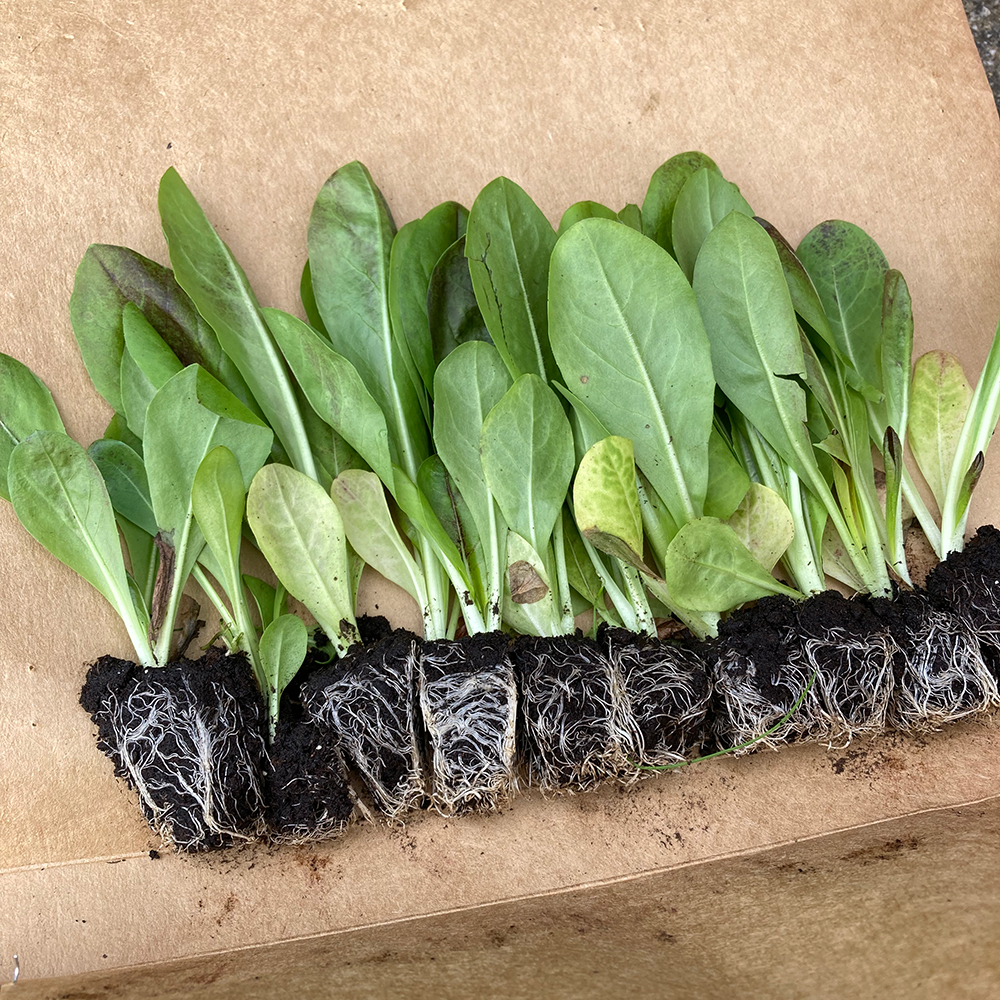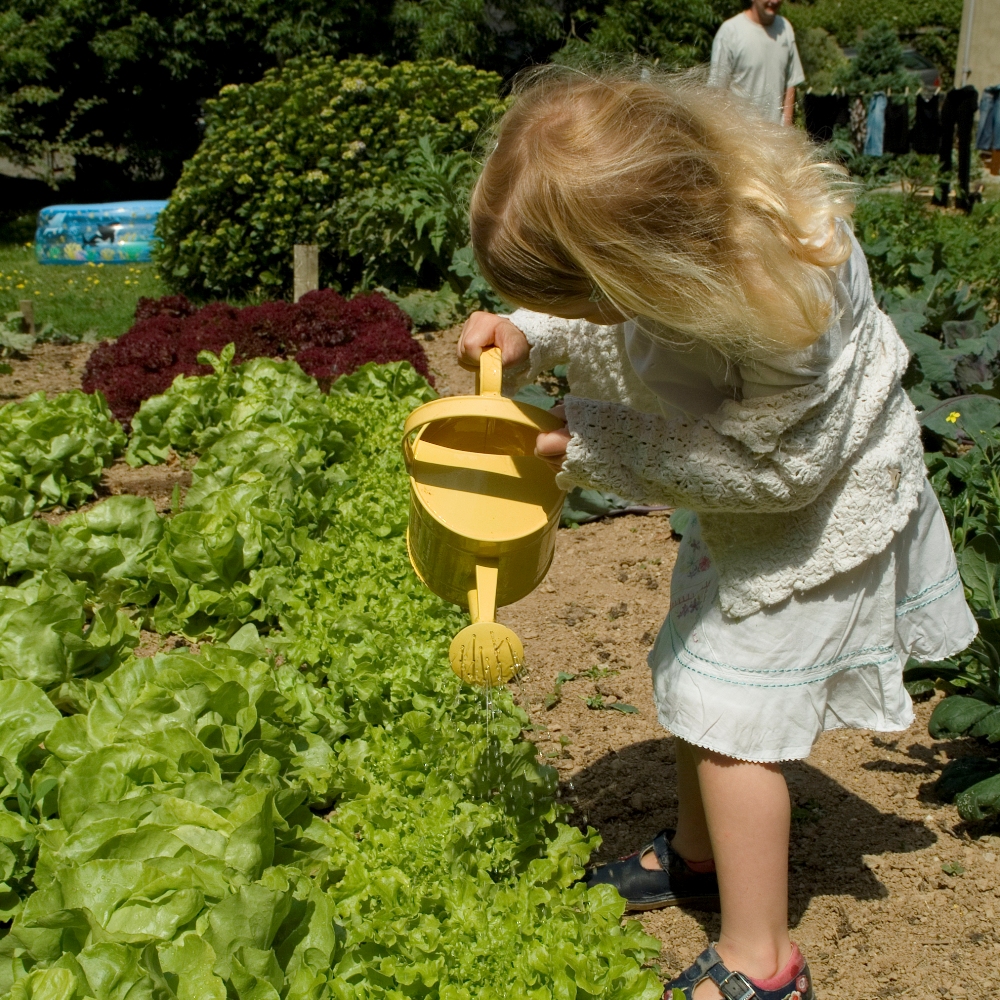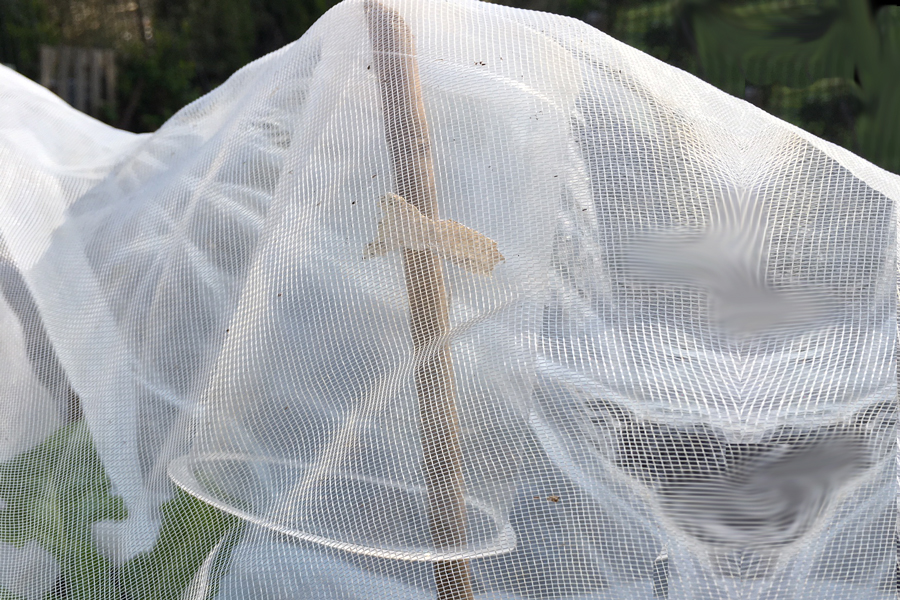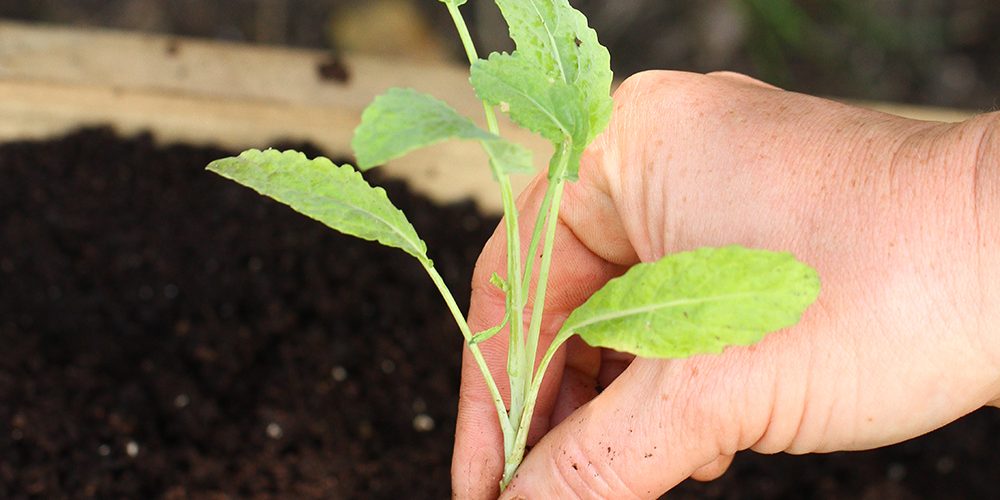Although it is still a little chilly, we are rapidly heading into May and peak planting time for the growing season ahead. There’s no need to rush or panic if you’re not quite ready for planting, or if you’re going away, or if your plants don’t arrive for another few weeks – this peak planting window lasts several weeks, until early June.

Peak Planting Time
The main planting window runs from now, in late April, until early June. The daylight hours are long, soil is beginning to warm up (it will do so quickly over the next few weeks, even though it is still a little cool right now) and temperatures are hopefully trying to move in the right direction for summer.
The best time to plant out is not always ‘nice and early’, and we think that is a really important point to emphasise. The warmer the soil, the easier it is for plants to settle in, establish their roots and thrive. We are big believers that mid-to-late May is the most wonderful time to plant out veggies because by then things really are taking off and conditions are just great for planting. Late April and early May can still be cold, so be careful when planting tender crops like tomatoes, beans, squashes, sweetcorn and other fruiting veggies.
Early June is a good planting time too – we have often planted out winter squash and pumpkins at this time, and they have soon caught up with those planted a little earlier and then ripened for harvesting at the same time. So, if you’re going away in May or if your plot isn’t ready yet and you need to delay your plants until June, or if you receive your plants in late May/early June, there is no need to worry about growing times. Everything will catch up.

Weeding and Watering
These two things will be among the most important jobs in the early weeks after planting out.
We really recommend using a hoe two to three times a week to go over the soil and uproot baby weeds before they get established. It is so much easier to keep on top of weeds in this way and it will give your plants a good chance to get off to a strong start. Crucially, keeping weeds down also helps to keep numbers of slugs and other pests down.
Watering, we find, is best done first thing in the morning, and a thorough watering less regularly is better than ‘little and often’. Obviously we are talking about watering on dry days, not if it is raining! Watering deeply, so that the water soaks down well into the ground, early in the day creates an environment whereby there is plenty of moisture deep down and the surface dries off quite quickly. This is a good thing because it will encourage them to put down their roots deeper which is good for them in the long run (better access to moisture during spells of drought) and because the drier surface at night makes it harder for slugs and snails to reach the plants.

Other garden tasks
Tie in climbing plants
Cordon tomatoes, climbing beans, climbing squashes and peas will need some gentle encouragement towards their supports in the early days. Tomatoes should be tied in at frequent intervals – every 2-3 weeks should be ok – until they mature. Beans, peas and squashes should only need tying in on planting and again a week or so later until they naturally find their supports.
Protect plants from pests
In the early days, the last thing you want is for pigeons to devour a whole bed of brassicas or for slugs to eat an entire row of carrots… the baby plants just won’t survive very well. So, be sure to get your plants well protected from the moment you plant them. Mesh netting, slug traps, copper tape and a vigilant eye are among the best defences – there are loads of tips in the growing guide that comes with the plants, and of course there is plenty of advice here on our website too.
Nurture the soil
Mulching with compost at planting time will really help your plants to thrive during the summer months as it will help to lock moisture in the soil and to suppress weeds. It also helps to feed the soil through the growing season. Other things you can do, ideally ahead of planting, is to dig in compost or wormcast fertiliser. Once plants are growing, use a liquid feed or a comfrey tea once or twice a month to keep soil healthy.

